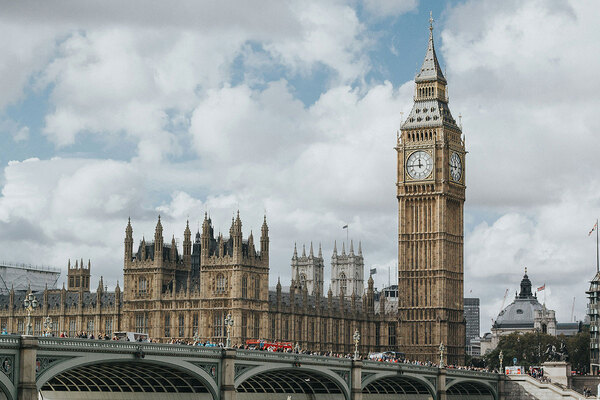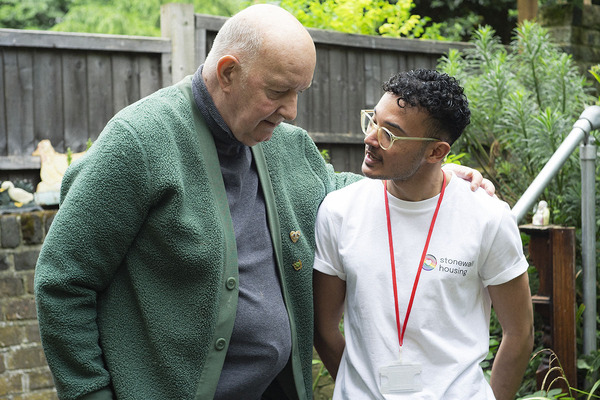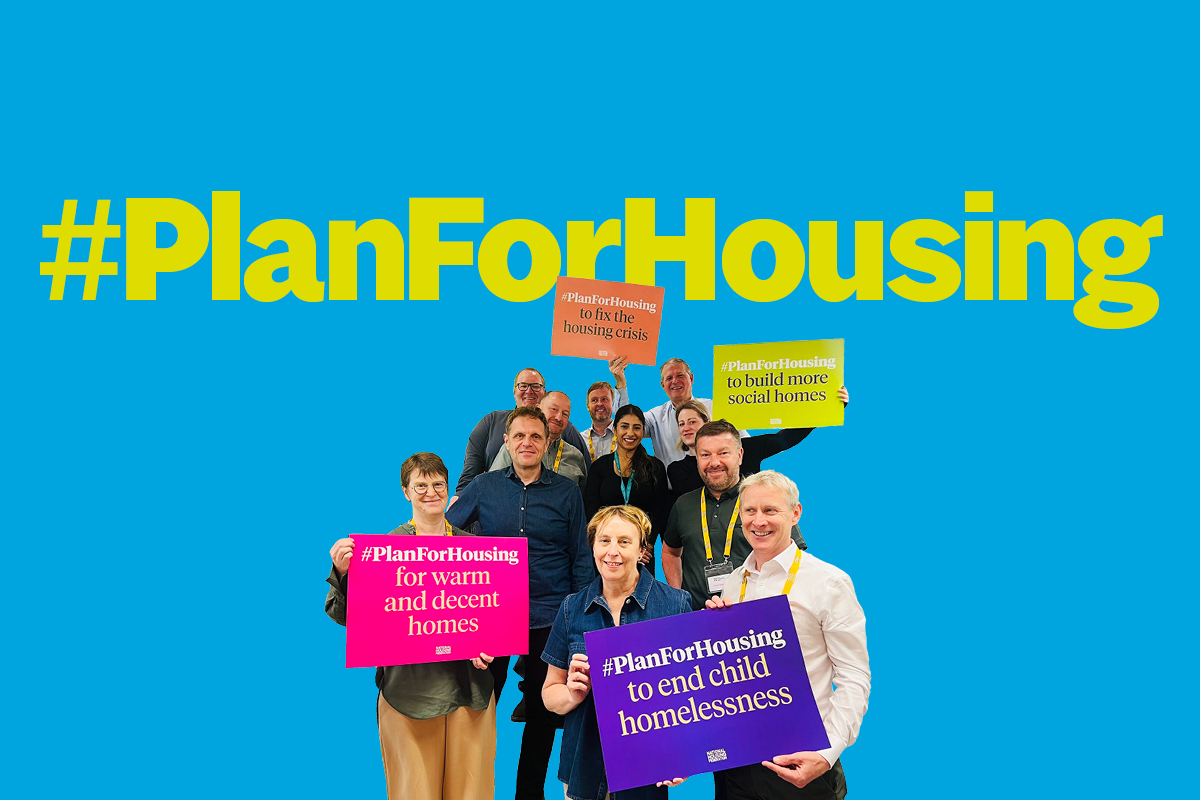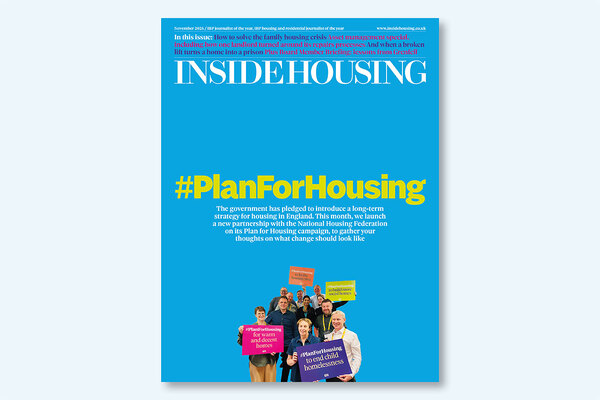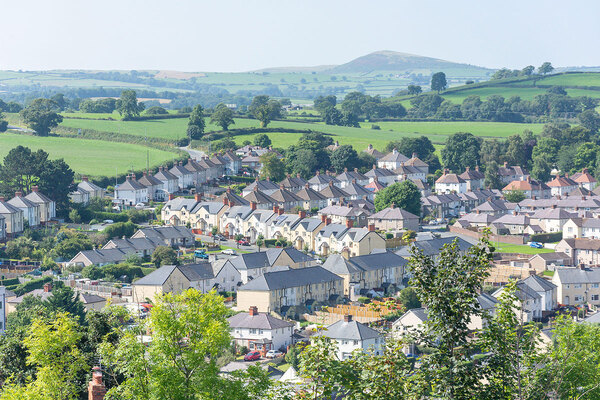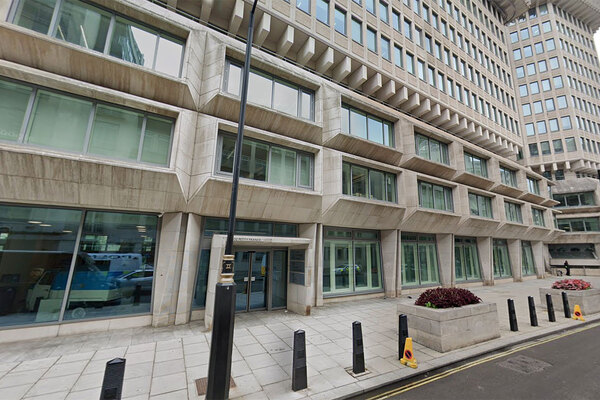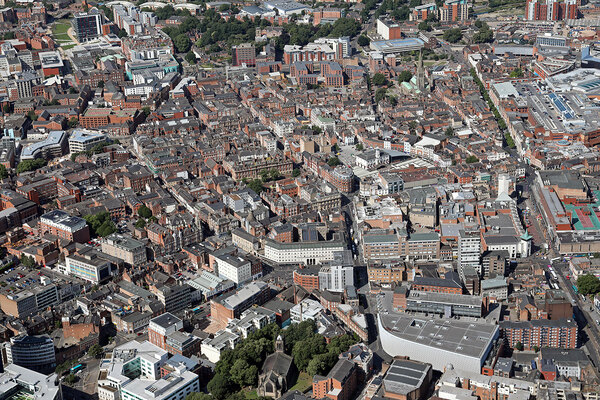You are viewing 1 of your 1 free articles
Transport corridors could be a route to additional grey belt housing
Several major transport routes running through green belt land have the potential for sustainable development, writes David Churchill, a partner at planning consultancy Carter Jonas
The new government has made it clear that the green belt will be used to meet increased demand for housing and the government’s ambitious 1.5 million-homes target.
More specifically, the “golden rules” on green belt release will require 50% of those homes to be allocated as social/affordable housing – a substantial opportunity for growth.
The expansion of the green belt since its inception coupled with population growth in urban centres has given rise to ‘leapfrog’ development, where developers have been forced to build further away from urban areas.
This frequently means that areas with poor access to services and jobs, and requiring longer commutes, are the default option for development.
Clearly, this is not the most sustainable option, and areas of green belt that could be characterised as grey belt may be better suited to development.
There are several options to address the urgent need for housing, each with its own benefits. The modest release of land from the green belt forms part of the solution, and either edge-of-town development or development along major transport arteries are, in my view, preferable to leapfrog development.
Carter Jonas recently carried out extensive research. We determined there are several major transport routes running through the green belt which have the potential for sustainable development and could prevent both leapfrogging and urban sprawl.
“Edge-of-town development or development along major transport arteries are, in my view, preferable to leapfrog development”
Due to green belts typically being in the form of rings around urban centres, major transport routes tend to pass through them to connect one urban area to another, or rural areas to city centres. Numerous existing transport corridors and interchanges present the potential for development, saving both the time and money needed to build new ones.
Flexible use of green belt land in areas served by existing motorway junctions or railway stations, for instance, would allow for more sustainable patterns of development than leapfrog development, without creating urban sprawl.
One such option is the M1 between Sheffield and Leeds. This major transport route connects two of the largest cities in Yorkshire. It is used by millions each year, for commuting to work, travelling for leisure and transporting goods. It is a vital part of the region’s transport infrastructure. Stretching approximately 27 miles, 74.4% of the route is in green belt land. It also has numerous major intersections in the green belt in sparsely populated areas.
Releasing land around these locations for development could reduce travel distances for those living outside of city centres.
Another is the rail route between Birmingham and Stratford-upon-Avon. The area between the two is popular with those who prefer to live outside a large city while retaining access for work and leisure. There are two main routes, both approximately 25 miles in length and almost entirely located in the green belt.
We have identified 10 train stations in this location that are either partially or wholly contained by the green belt, three of which are encircled by green belt land spanning at least two miles. Facilitating development around these stations would optimise the utilisation of existing infrastructure and minimise the need for extensive travel to access a train station. This simultaneously addresses the pressing need for housing and fosters a shift to greener transportation.
“In addition to utilising well-connected and under-utilised sites, another advantage of focusing housing around transport routes is that the impact on nature can be minimised by selecting sites of lower environmental value and those not designated for conservation”
Third, the A40/M40 between London and Oxford could be considered. This motorway connects two of the UK’s most significant cities, serving as a vital transport artery for both passenger and freight movement. It facilitates access to employment opportunities, educational institutions, and tourism and recreation hotspots. Of its junctions, 60% fall within the green belt, including major interchanges at Gerrards Cross, Beaconsfield and the M40 junction with the A40 outside Oxford.
Greater leniency in developing in the green belt, particularly around these interchanges, would pave the way for much-needed residential and commercial development, while helping to shorten journey times and reduce congestion.
In addition to utilising well-connected and under-utilised sites, another advantage of focusing housing around transport routes is that the impact on nature can be minimised by selecting sites of lower environmental value and those not designated for conservation.
The fact that so many major transport routes are surrounded by green belt raises the question of quite how valuable and in need of preservation these sites are. Certainly, there are multiple strategic benefits in releasing this land, which would deliver both high volumes and high proportions of affordable housing for either sale or rent.
David Churchill, partner, Carter Jonas
Sign up for our development and finance newsletter
Already have an account? Click here to manage your newsletters




